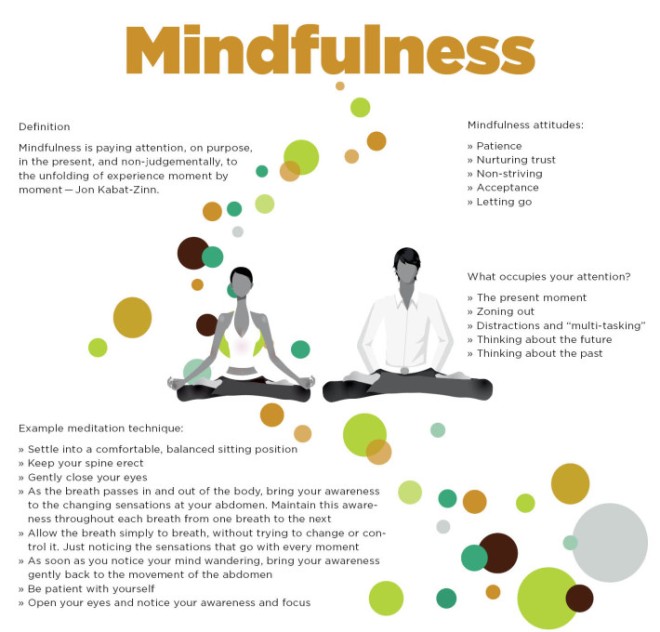In the twentieth century, science and technology finally advanced to be able to prove what indigenous cultures have known for thousands of years: All things are made of energy. Humans, as energetic beings, are constituted of energy fields that combine to manifest the physical body, the mental and emotional bodies, and other domains that are less obvious to our five physical senses.
Disruption to the human energy field is a precursor to illness, dysfunction and adversity. Energy therapy may address physical health, emotional trauma, self-rejecting beliefs, karmic influences and other conditions related to energy blocks and distortions.
Energy therapy augments the natural healing abilities innate to all living beings. The energy therapist serves as an open channel to ever-present healing forces, augmenting those energies with the power of conscious intention for the client to heal, learn and thrive. Healing can take place without conscious action or knowledge by the client. All that is required of the client is a willingness to release the trauma, lie or blockage; and accept a higher state of grace.
Through energy therapy, clients may experience conscious reconnection with what matters most in life. Emotional blocks may lessen or dissolve and existing negative patterns may come to conscious awareness, to be deliberately altered. Recognizing that only Spirit can heal; the therapist’s role is to partner with the client to support healing and growth in the moment.
Each session is unique and client specific, as the energy therapist responds to intuitive guidance throughout the session. Energy therapy may entail a hands-on process onsite, or may be experienced “long distance.” Location does not impact the effectiveness of energetic therapy, as the quality of energetic connection does not attenuate with distance.
Energy therapy is not a religious activity and invokes no religious references.

